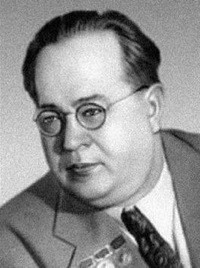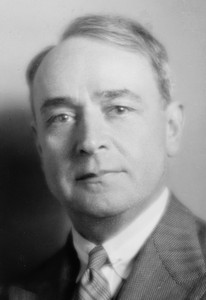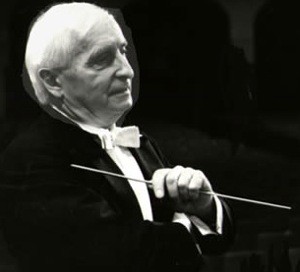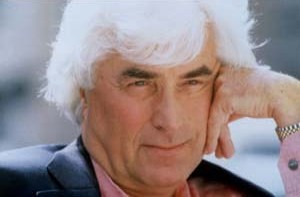
Yuri Fedorovich Fire (Fier, Yuri) |
Fire, Yuri

People’s Artist of the USSR (1951), winner of four Stalin Prizes (1941, 1946, 1947, 1950). When it comes to the triumphs of the Bolshoi Ballet, along with the names of Galina Ulanova and Maya Plisetskaya, the conductor Fire is always remembered. This wonderful master devoted himself entirely to ballet. For half a century he stood at the control panel of the Bolshoi Theatre. Together with the “Big Ballet” he had to perform in France, England, the USA, Belgium and other countries. Fire is a real ballet knight. His repertoire includes about sixty performances. And even in rare symphony concerts, he usually performed ballet music.
Fire came to the Bolshoi Theater in 1916, but not as a conductor, but as an orchestra artist: he graduated from the Kiev Musical College (1906) in the violin class, and later the Moscow Conservatory (1917).
Fire considers A. Arends, who was the chief ballet conductor of the Bolshoi Theater for the first decades of the XNUMXth century, to be his real teacher. Fire made his debut in Delibes’ Coppélia with Victorina Krieger. And since then, almost every performance of his has become a notable artistic event. What is the reason for this? This question is best answered by those who have worked side by side with Fire.
Director of the Bolshoi Theater M. Chulaki: “In the history of choreographic art, I don’t know another conductor who would lead the music of ballet performances so imperiously and seamlessly with the dance. For ballet dancers, dancing to the music of Fire is not just a pleasure, but also confidence and complete creative freedom. For the listeners, when Y. Fire is behind the console, it is the fullness of emotions, a source of spiritual uplift and active perception of the performance. The uniqueness of Y. Fayer lies precisely in the happy combination of the qualities of an excellent musician with excellent knowledge of the specifics and technology of dance.”
Ballerina Maya Plisetskaya: “Listening to the orchestra conducted by Fire, I always feel how it penetrates into the very soul of the work, subordinating to its plan not only the orchestra artists, but also us, dancing artists. That is why in the ballets conducted by Yuri Fyodorovich, the musical and choreographic parts merge, forming a single musical and dance image of the performance.”
Fire has an outstanding merit in the development of Soviet choreographic art. The conductor’s repertoire includes all classical samples, as well as all the best that was created in this genre by modern composers. Fire worked in close contact with R. Gliere (The Red Poppy, The Comedians, The Bronze Horseman), S. Prokofiev (Romeo and Juliet, Cinderella, The Tale of the Stone Flower), D. Shostakovich (“Bright Stream”), A. Khachaturyan (“Gayane”, “Spartak”), D. Klebanov (“Stork”, “Svetlana”), B. Asafiev (“Flame of Paris”, “Fountain of Bakhchisaray”, “Prisoner of the Caucasus ”), S. Vasilenko (“Joseph the Beautiful”), V. Yurovsky (“Scarlet Sails”), A. Crane (“Laurencia”) and others.
Revealing the specifics of the work of a ballet conductor, Fire noted that he considers the most important thing to be the desire and ability to give ballet his time, his soul. This is the essence of the creative path and of Fire himself.
Lit .: Y. Fire. Notes of a ballet conductor. “SM”, 1960, No. 10. M. Plisetskaya. Conductor of the Moscow ballet. “SM”, 1965, No. 1.
L. Grigoriev, J. Platek, 1969





